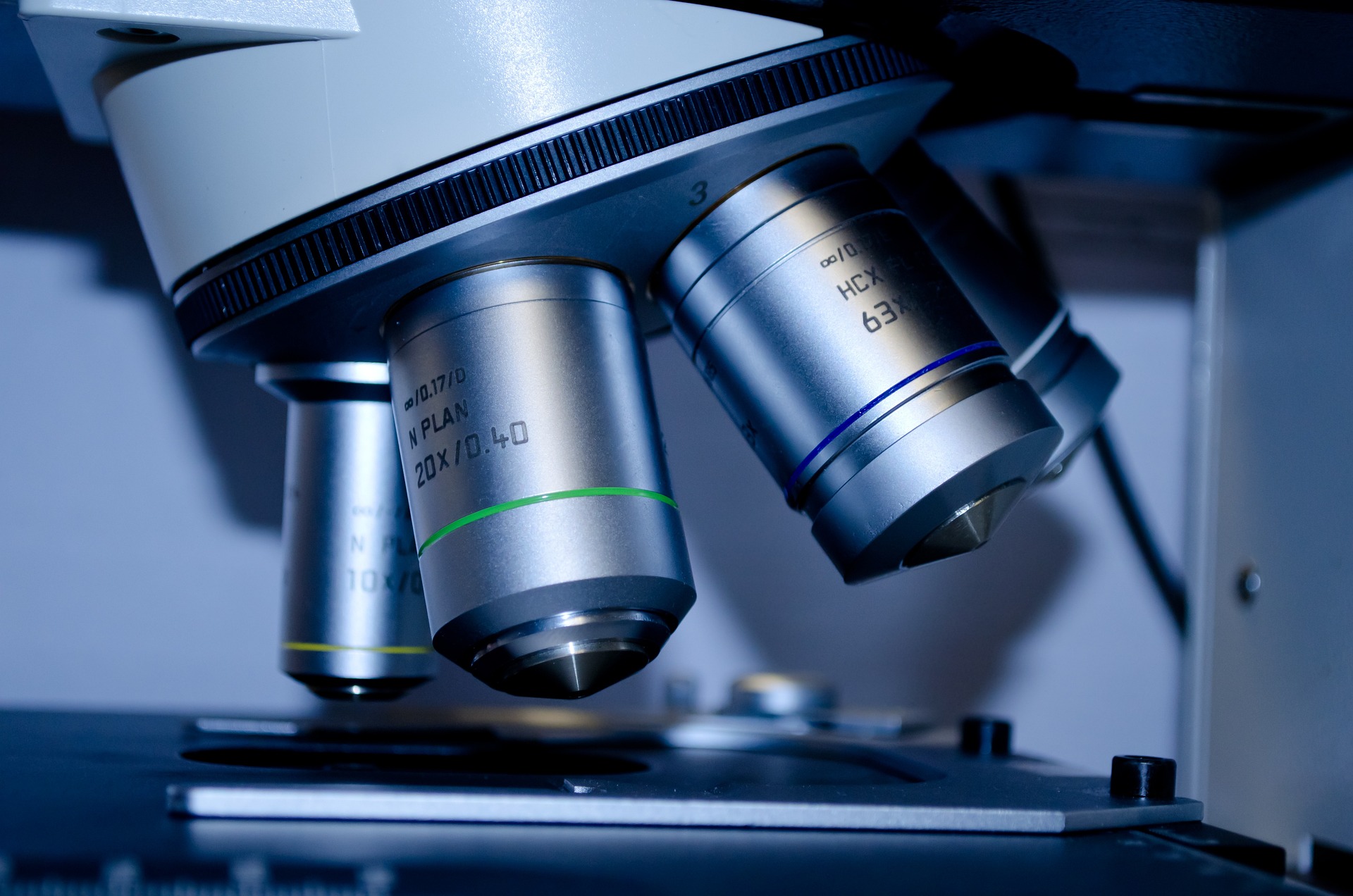Cryptococcus’ colony forming unit count usefulness
Español
Abstract
Background. The Cryptococcus´ colony-forming unit (CFU) count in cerebrospinal fluid (CSF) would be a reliable marker for patient prognosis and a simple and inexpensive tool. Objective. To evaluate the usefulness of the CFU count of Cryptococcus spp. And to compare it with the variations of Cryptococcus´ capsular antigen (CrAg) in CSF.
Materials and methods. Clinical records of patients with aids-related meningoencephalitis caused by Cryptococcus assisted in our center between February 2016 and July 2020 were reviewed. CFU count and CrAg values in CSF were evaluated during the evolution of the mycosis.
Results and Discussion. Data from 94 clinical episodes of 85 patients with a total of 297 observations of CSF samples were analyzed.
The importance of using the CFU count was evidenced as it is a viability and fungal load marker.
Low CFU count did not necessarily coexist with low CrAg.
Regarding the evolution over time, most of the patients were diagnosed with a high fungal load and its decrease occurred faster than that the one of AgCr. This would reflect the improvement of the patient, allowing behaviors to be taken in this regard.
Downloads
References
1. Hagen F, Khayhan K, Theelen B, Kolecka A, Polacheck I, Sionov E, Falk R, Parnmen S, Lumbsch HT, Boekhout T. 2015. Recognition of seven species in the Cryptococcus gattii/Cryptococcus neoformans species complex. Fungal Genet Biol. 2015; 78: 16–48. DOI: 10.1016/j.fgb.2015.02.009
2. Farrer RA, Chang M, Davis MJ, van Dorp L, Yang DH, Shea T, Sewell TR, Meyer W, Ballloux F, Edwards HM, et al.. A new lineage of Cryptococcus gattii (VGV) discovered in the central Zambezian Miombo Woodlands. mBio 2019; DOI: 10.1128/mBio.02306-19
3. Firacative Carolina, Lizarazo Jairo, Illnait-Zaragozí María Teresa, Castañeda Elizabeth. The status of cryptococcosis in Latin America. Mem. Inst. Oswaldo Cruz [Internet]. 2018 [cited 2020 Oct 12] ; 113( 7 ): e170554. Available from: http://www.scielo.br/scielo.php?script=sci_arttext&pid=S0074-02762018000700203&lng=en. Epub Apr 05, 2018. https://doi.org/10.1590/0074-02760170554.
4. Bicanic T, Muzoora C, Brouwer A, Meintjes G, Longley N, Taseera K, Rebe K, Loyse A, Jarvis J, Bekker LG, Wood R, Limmathurotsakul D, Chierakul W, Stepniewska K, White NJ, Jaffar S, Harrison TS. Independent association between rate of clearance of infection and clinical outcome of HIV-associated cryptococcal meningitis: analysis of a combined cohort of 262 patients. Clin Infect Dis. 2009; 49: 702-709. doi: 10.1086/604716
5. Dyal J, Akampurira A, Rhein J, Morawski BM, Kiggundu R, Nabeta HW, Musubire AK, Bahr NC, Williams DA, Bicanic T, Larsen RA, Meya DB, Boulware DR. Reproducibility of CSF quantitative culture methods for estimating rate of clearance in cryptococcal meningitis. Med Mycol. 2016; 54: 361-369. DOI: 10.1093/mmy/myv104
6. Concha-Velasco F, González-Lagos E, Seas C, Bustamante B. Factors associated with early mycological clearance in HIV-associated cryptococcal meningitis. PLoS ONE 2017; 12(3):e0174459; doi.org/10.1371/journal.pone.0174459
7. Negroni R, Arechavala A. Métodos de laboratorio de diagnóstico micológico e interpretación de los resultados. En: Lecciones de clínica micológica. 2da ed. Editorial Ascune 2019; 150-174. e-book disponible www.editorialascune.com/ebook-detalle/4-lecciones-de-clinica-micologica]
8. Bicanic T, Wood R, Meintjes G, Robe K, Brower A, Loyse A, Bekker LG, Jaffar S, Harrison T. High-dose amphotericin B with flucytosine for the treatment of cryptococcal meningitis in HIV-infected patients: a randomized trial. Clin Infect Dis. 2008; 47: 123-130. DOI: 10.1086/588792
9. Larsen RA, Bauer M, Pitisuttithum P, Sanchez A, Tansuphaswadikul S, Wuthiekanun V, Peacock SJ, Simpson AJH, Fothergill AW, Rinaldi MG, Bustamante B, Thomas AM, Altomstone R, Day NPJ, White NJ. Correlation of susceptibility of Cryptococcus neoformans to amphotericin B with clinical outcome. Antimicrob Agents Chemother. 2011; 55: 5624-5630. doi: 10.1128/AAC.00034-11
10. Jarvis JN, Meintjes G, Rebe K, Williams GN, Bicanic T, Williams A, Schutz C, Bekker LG, Wood R, Harrison TS. Adjunctive interferon-γ immunotherapy for the treatment of HIV-associated cryptococcal meningitis: a randomized controlled trial. AIDS, 2012; 26: 1105-1113. doi: 10.1097/QAD.0b013e3283536a93
11. Perfect, Dismukes, Dromer, Goldman, Graybill, Hamill, et al. Clinical Practice Guidelines for the Management of Cryptococcal Disease: 2010 Update by the Infectious Diseases Society of America. Clinical Infectious Diseases 2010; 50:291–322. https://doi.org/10.1086/649858
12. Montezuma-Rusca JM, Powers JH, Follmann D, Wang J, Sullivan B, Williamson PR. Early fungicidal activity as a candidate surrogate endpoint for all-cause mortality in cryptococcal meningitis: A systematic review of the evidence. PLoS ONE 2016; 11, e0159727. https://doi.org/10.1371/journal.pone.0159727
13. Siddiqui AA, Brouwer AE, Wuthiekanun V, Jaffar S, Shattock R, Irving D, Sheldon J, Chierakul W, Peacock S, Day N, White NJ, Harrison T. INF-γ at the site of infection determines rate of clearance of infection in cryptococcal meningitis. J Immunol. 2005; 174: 1746-1750. DOI: 10.4049/jimmunol.174.3.1746
14. Abassi M, Boulware DR, Rhein J. Cryptococcal meningitis: diagnosis and management update. Curr Trop Med Rep. 2015; 2: 90-99. DOI: 10.1007/s40475-015-0046-y
15. Skippper C, Abassi M, Boulware DR. Diagnosis and management of central nervous system cryptococcal infections in HIV-infected adults. J Fungi 2019; 5, 65; doi:10.3390/jof5030065.






